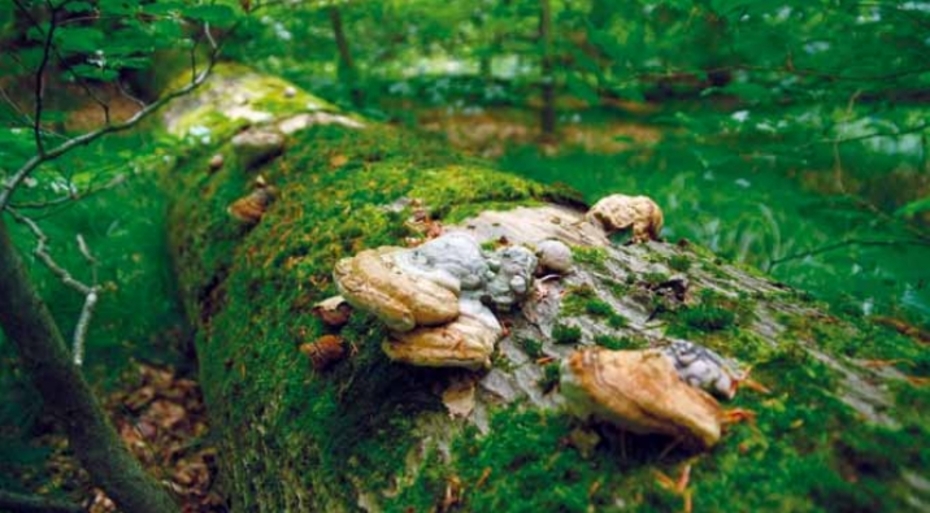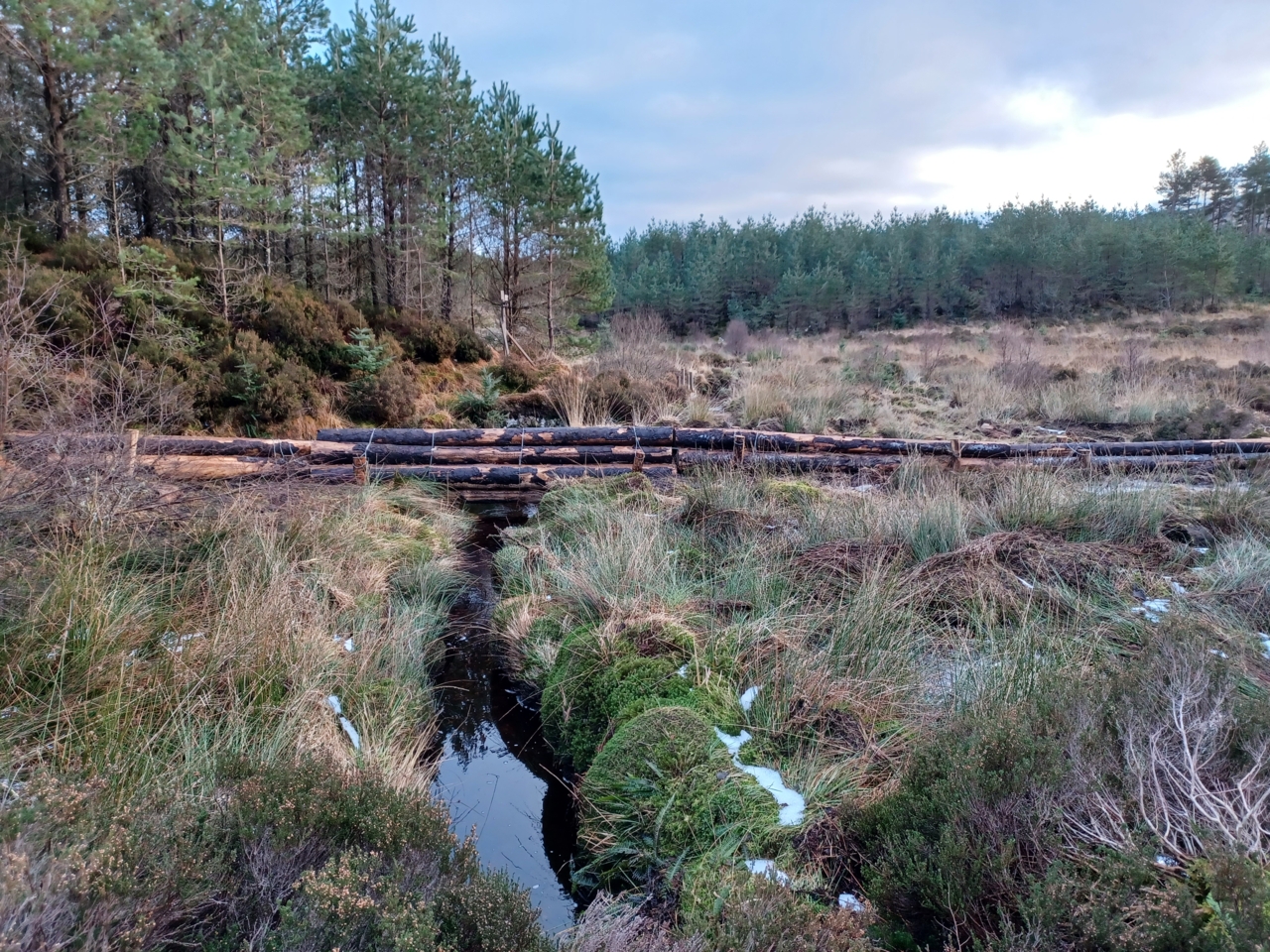
3.4 Enhancing natural ecosystem recovery processes

Restoration activities often aim at enhancing natural ecosystem recovery processes. However, it is important to acknowledge that "recovery" in a strict sense is not always possible. Following major disturbances, ecosystems may follow different reorganization pathways, transitioning to entirely new states that differ in structure, function, or species composition from historical conditions. In some cases, ecosystems may even undergo regime shifts, where the re-establishment of a forest ecosystem is no longer feasible.
In this context, recovery should not be seen as a return to a fixed past state, but rather as the capacity of a forest ecosystem to persist — meaning it can tolerate environmental stress, disturbance, and competitive interactions while maintaining essential functions. In some situations, facilitating a transition to a new, more resilient forest ecosystem may be more appropriate than attempting to restore historical conditions. This approach can reduce vulnerability to future disturbances and support the long-term stability of ecosystem functions and services.
Recovery processes vary significantly across ecosystems, depending on factors such as disturbance intensity, pre-disturbance conditions, species traits, and local climate. Where conditions allow, natural regeneration should be supported, as it helps conserve local biodiversity, reduces costs, and harnesses the self-organizing capacity of ecosystems. However, in areas where natural regeneration is constrained or likely to result in undesirable outcomes, active interventions become necessary.
A key strategy for enhancing recovery is the selection of appropriate tree species and seed sources that are well adapted to both current and future environmental conditions. The use of climate-resilient provenances can increase the chances of successful establishment and accelerate recovery. Additionally, the choice between seeding and planting should be guided by species-specific traits and site preparation possibilities — each method offering distinct advantages depending on the context.
To further support recovery, threats such as seed predation and herbivory, both of which can delay or hinder restoration success, must be addressed. Fencing may be necessary to protect young plants. Techniques such as the use of nurse trees and shrubs can also facilitate recovery by providing physical protection to regenerating individuals and by creating favorable microclimates. In large-scale restoration efforts, promoting the populations of seed-dispersing species can aid in natural seed distribution, reducing the need for artificial planting and lowering costs.
Restoration planning must also consider future disturbances, particularly those intensified by climate change. Climate change can either slow or accelerate recovery depending on its interaction with local ecological dynamics. Therefore, restoration plans should proactively address these dynamics, anticipating both risks and opportunities, and include measures to buffer vulnerable systems or take advantage of favorable conditions.
Related resources
Integrative approaches
The Integrate project final report by the European Forest Institute’s Central European Office presents research on integrating biodiversity conservation into forest management. It analyzes forestry impacts, trade-offs, and multifunctional forests, offering cross-border scientific and practitioner insights to support informed policy and practical decisions in Central Europe.
Cost-effective timber-based flood risk management
In rural areas, rising seasonal rainfall can cause flooding that threatens communities, tourism, and local businesses. Hard engineering methods like dams, reservoirs, channels, and embankments are costly and harm habitats, biodiversity, water quality, and soil fertility, while also reducing landscape value. In contrast, Natural Flood Management offers a cost-effective, nature-based alternative that reduces flood risk while benefiting ecosystems and local communities.




